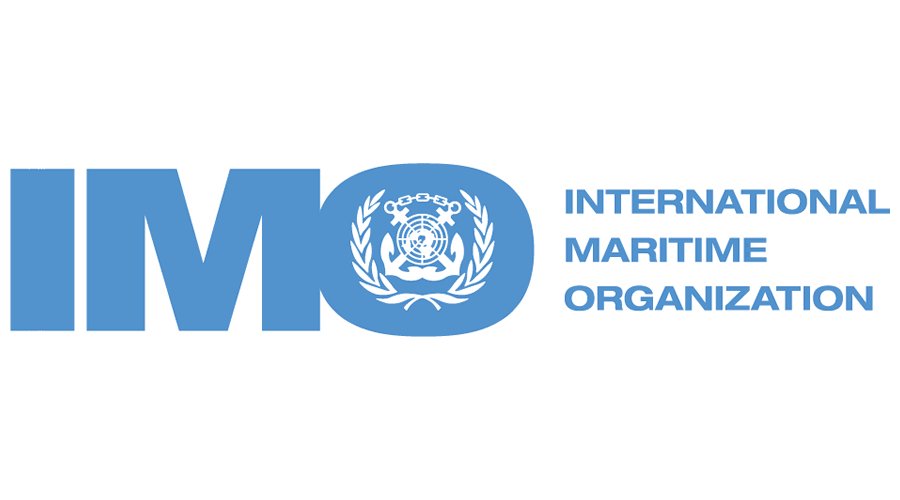“The dual approach aims to address both technical (how the ship is retrofitted and equipped) and operational measures (how the ship operates),” the IMO stated.
Two additional measures will be applied to the MARPOL legislation: the technical requirement to minimize carbon intensity, based on the new Energy Efficiency Current Ship Index (EEXI) of 2023; and the criteria for reducing operational carbon intensity, based on the new operational carbon intensity indicator (CII), expected to be launched in 2026.
The amendments to MARPOL concerning short-term shipping carbon intensity steps will be put forward for adoption at the subsequent meeting of MEPC 76, to be held in June 2021.
The steps taken were criticised by a number of NGOs as failing to cap the greenhouse gas emissions of shipping this decade and not pursuing the Paris Climate Agreement targets, although politicians in Europe have criticized the lack of commitment in the IMO agreement.
“As scientists are telling us we have less than 10 years to stop our headlong rush to climate catastrophe, the IMO has decided that emissions can keep on growing for 10 years at least. Their complacency is breath-taking. Our thoughts are with the most vulnerable who will pay the highest price for this act of extreme folly,” said John Maggs, president of the Clean Shipping Coalition.
The IMO news will create more discussion on regional regulations that are pushing more stringent shipping emissions cuts. Europe, with the US looking at a similar plan, is close to incorporating shipping in its carbon trading schemes.
Maritime Business World

